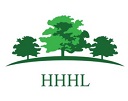



There is a wealth of flora to be found growing at High Lodge and adjacent to the Hidden Heritage Trail. The survey of June 2018 does not reveal that any of the rarer, or unique, Breckland plants are growing in the area. However, the plants surveyed do reflect the recent history of High Lodge as a farm and as a camp: the site of intensive human occupation and industry.
Although much of the flora surveyed may be classed as 'common', many of the plants had a particular value to those living and working at High Lodge and were used in traditional herbal medicines, cooking and brewing ingredients. 'Common' they might be, but essential to those living in earlier times.
On smaller devices this table will horizontally scroll
| Common Name | Scientific Latin Name | Height | Flowering Season | Use | Picture |
|---|---|---|---|---|---|
| Yarrow | Achillea millefolium | up to 60 cm | June to September | Herbal tea as remedies for wide range of ailments from colds to digestive problems. |
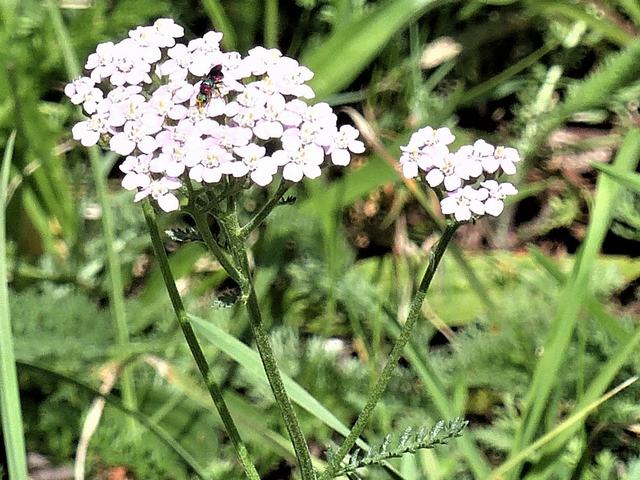
|
| Mugwort | Artemisia vulgaris | 60 - 250 cm | July to November | Herbal remedy for blisters and tired feet |

|
| Creeping Thistle | Cirsium arvense | 90cm | July to September | Roots and stems used in cooking, and chewed to relieve toothache. Thistledown used as tinder. |
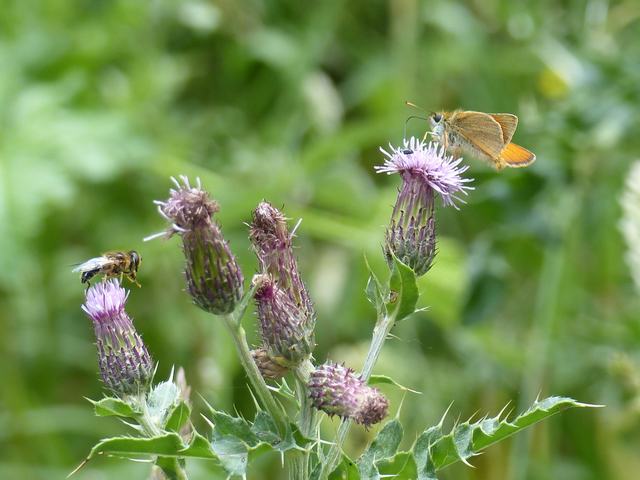
|
| Hazel | Corylus avellana | 6 metres | late winter to early spring | Nuts harvested for food. Coppiced wood made into sheep hurdles, pegs and poles |

|
| Broom | Cytisus scoparius | 3 metres | April to June | Flowers eaten raw or pickled. Tips of branches in herbal medicines. Stems and branches made into sweeping brooms. |
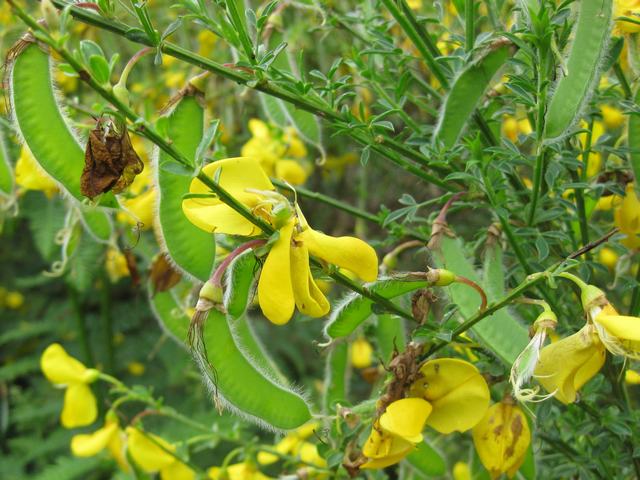
|
| Foxglove | Digitalis purpurea | 1.5 metres | June to September | Traditional herbal and important modern medical applications |

|
| Heath Bedstraw | Galium saxatile | 10 - 20 cm | June to August | Traditional mattress stuffing and strewing herb |
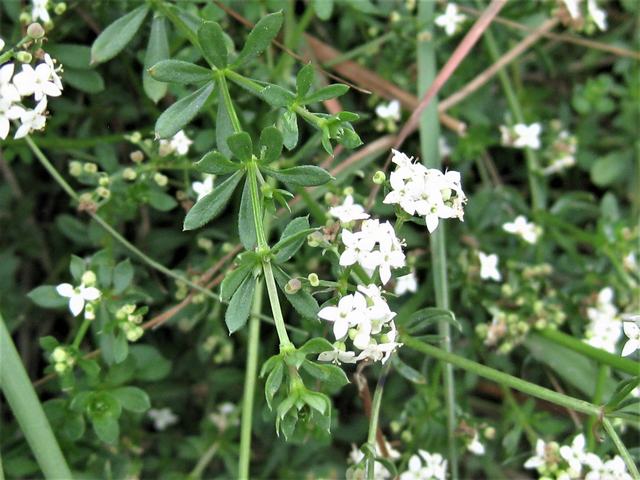
|
| Ground Ivy | Glechoma hederacea | 10 - 30 cm | April to July | Brewing ingredient until 15th century. Herbal cure for colds |
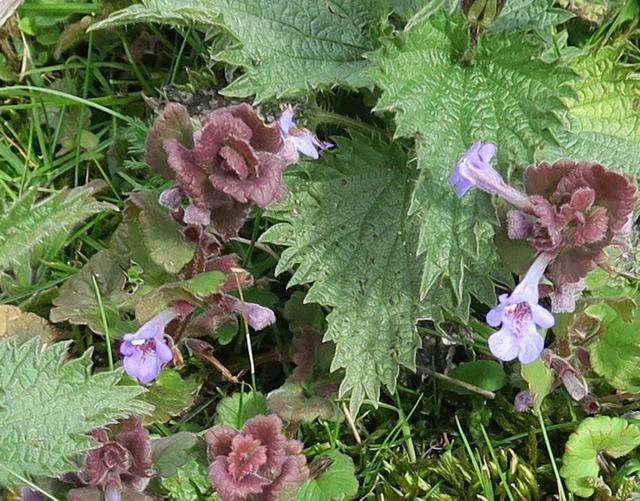
|
| Redshank | Persicaria maculosa | 80 cm | July to September | Herbal remedy for diarrhoea and infections. Yellow dye for fabrics. |
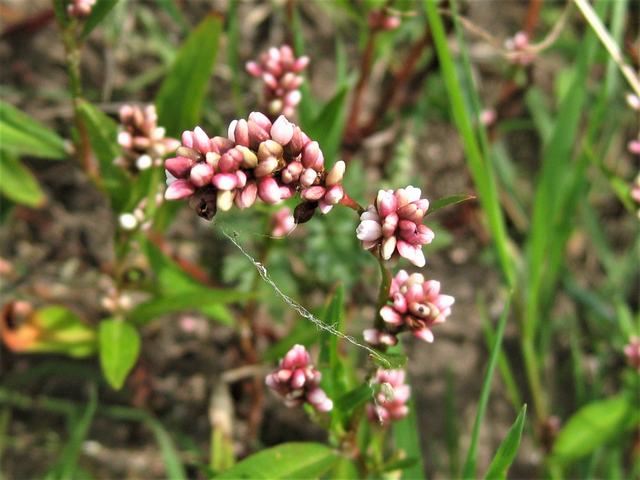
|
| Common Mouse-ear Hawkweed | Pilasella officinarum | 5 - 30 cm | May to October | Historically attributed with magical properties. An ingredient in modern sun-tan lotions. |
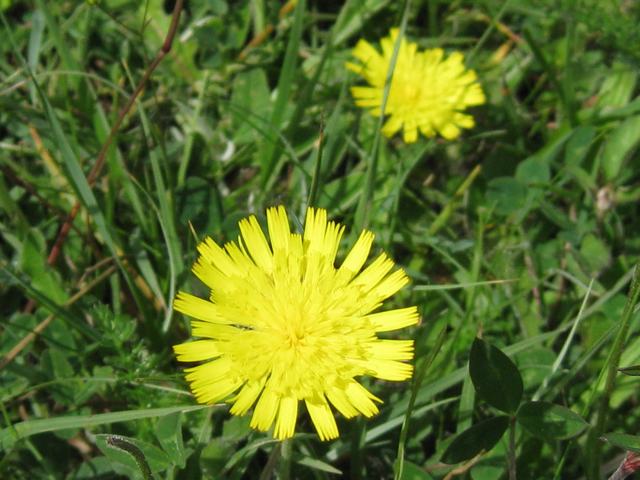
|
| Self-heal | Prunella vulgaris | 10 - 30 cm | June to November | Considered the wonder herbal of traditional medicines. Is used in modern medications today. |

|
| Sheep's sorrel | Rumex acetosella | 30 cm | March to November | Leaves eaten as salad. Used as a curdling agent for milk. |

|
| Wood Sage | Teucrium scarodonia | 30 cm | July to September | Herbal remedy for skin aliments, colds and fevers. An alternative to hops in beer brewing. |
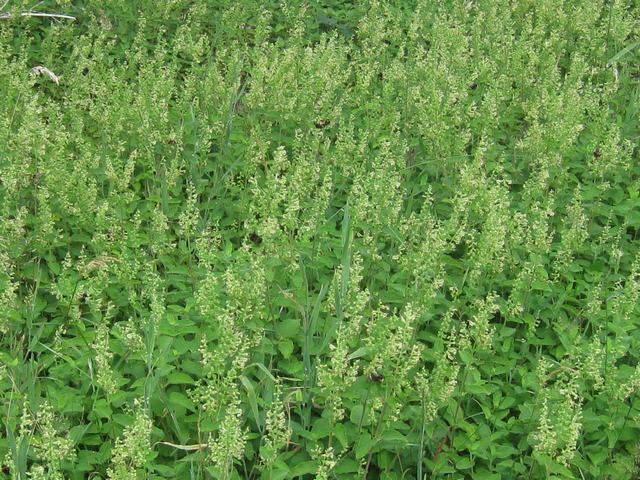
|
| Fat Hen | Chenopodium album | 2.5 metre | June to September | Eaten by humans, cattle and poultry. |

|
| Stinging Nettle | Urtica dioica | 1 - 2 metres | June - September | Spring vegetable. Stems may be processed into fibres for twine. Herbal medicine for gout. Yellow dye from roots, green dye from leaves. |
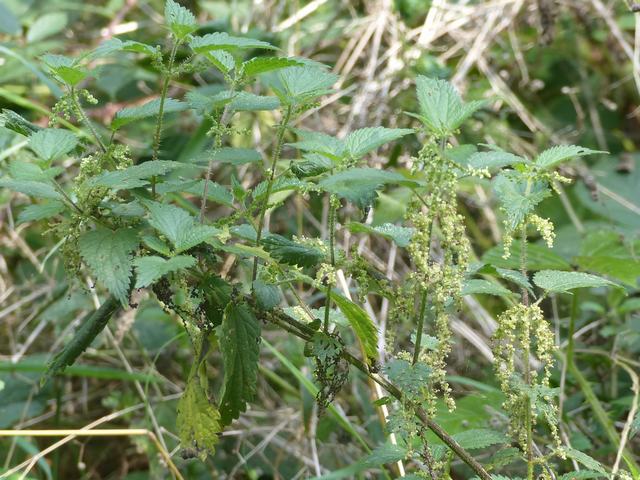
|
| Soapwort | Saponaria officinalis | 30 - 80 cm | June to September | cleaning agent for humans, wool and silk. Herbal treatment for leprosy. |
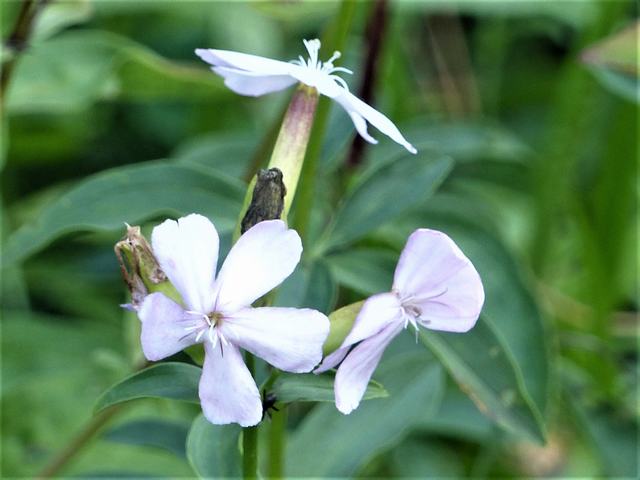
|
| Bracken | Pteridium Pteridium | 2.75 metres | - | Fuel and bedding for cattle |
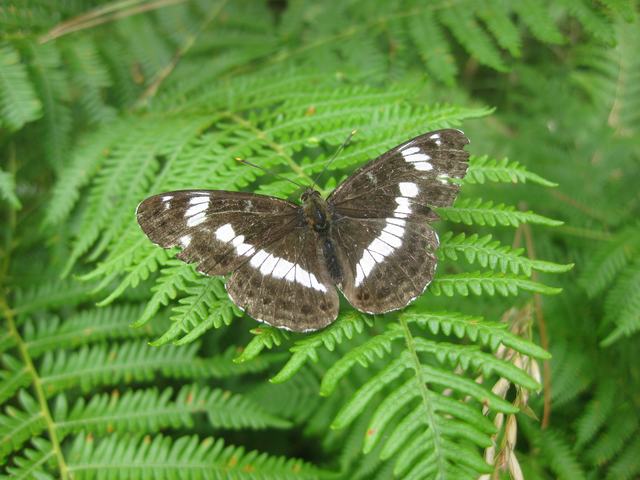
|
| Ribwort plantain | Plantago lanceolate | 10 - 40 cm | June to August | herbal remedy for stings and bites |

|